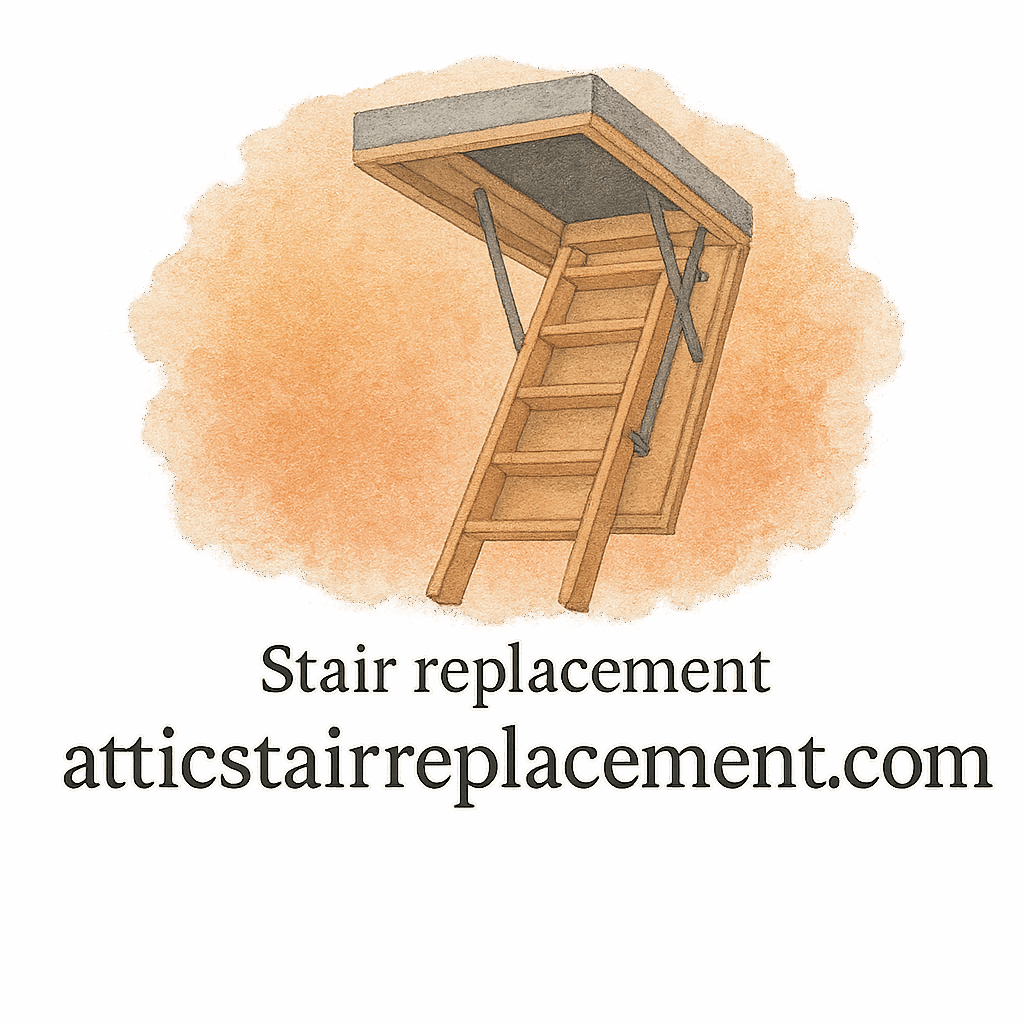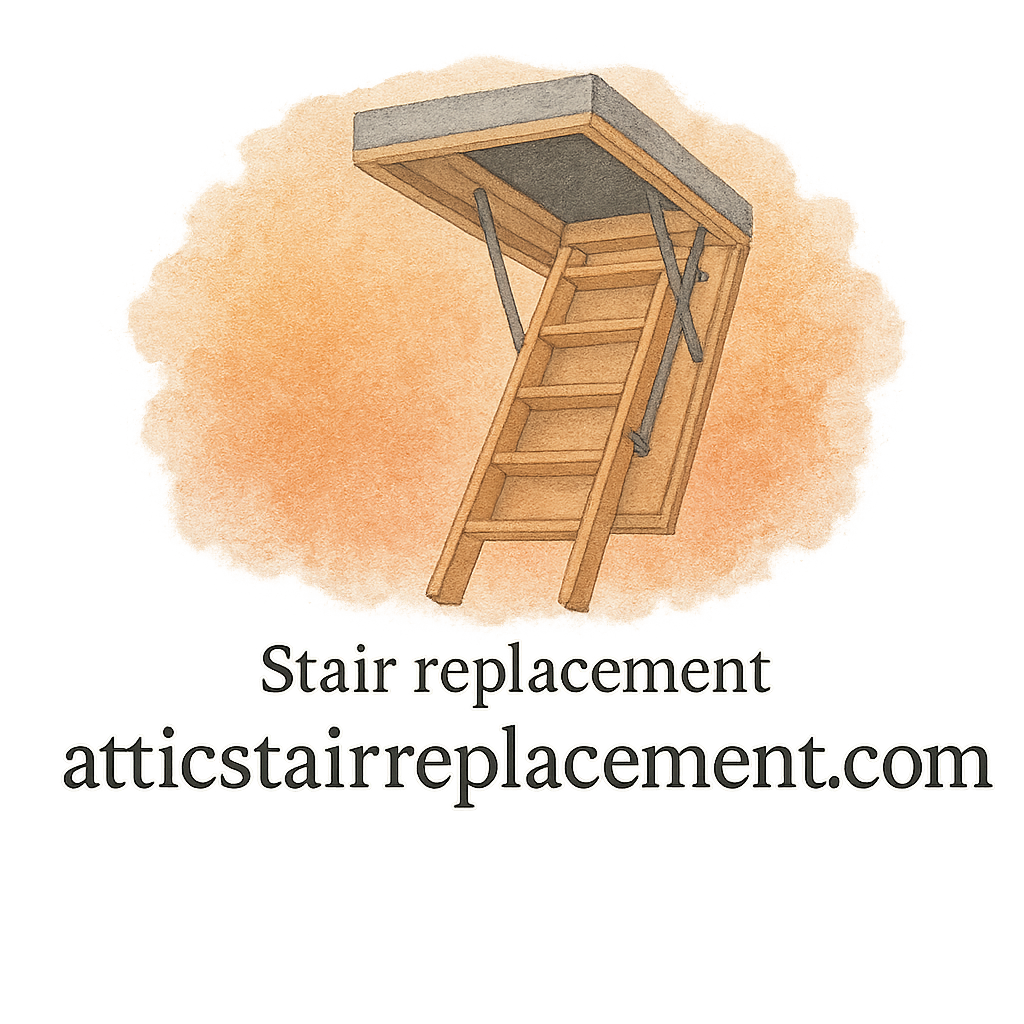Replacing your attic stairs can be one of the most rewarding home improvement projects you’ll ever take on. Whether you’re looking for better functionality, enhanced safety, or just a more modern look, upgrading your attic access is a smart move. In this guide, we’re diving into 10 expert tips to help you succeed in your attic stair replacement project—from planning to maintenance.
Why Attic Stair Replacement Is Worth Your Time
So why should you even bother? Well, old attic stairs can be rickety, squeaky, and downright dangerous. A well-executed replacement not only improves safety and access but also adds value to your home. And if you’re aiming to boost insulation or seal drafts, modern attic stair units do that too.
More importantly, it’s a manageable DIY project if you’re up for it. And if not, hiring a contractor ensures the job is done with precision.
Tip #1: Understand Your Attic Stair Type
Folding, Telescoping, or Scissor-Style?
Before you grab a hammer or place an order, identify what type of attic stairs you’re working with. There are several types out there: folding, telescoping, and scissor-style. Each has pros and cons.
- Folding stairs are common, budget-friendly, and easy to install.
- Telescoping models are sleek and compact—perfect for tight spots.
- Scissor stairs look futuristic and are usually heavy-duty.
Check your current space and usage to decide.
Choosing Based on Ceiling Height and Space
Measure your ceiling height and attic clearance. Some stair types are better suited for lower ceilings while others need a wide hatch opening. This choice will impact everything that follows.
Tip #2: Take Accurate Measurements
Measure Twice, Cut Once
This old saying couldn’t be more true here. Use a tape measure to get the:
- Ceiling height
- Opening dimensions
- Attic floor thickness
Write it down and double-check it.
Common Measurement Mistakes
Avoid these rookie mistakes:
- Measuring only one side of the opening
- Forgetting to account for trim
- Not checking if the attic floor is level
A small mistake here can mean a poor fit later on.
Tip #3: Prioritize Safety First
Wear Safety Gear and Use Proper Tools
Safety isn’t optional. Get the right gear:
- Safety goggles
- Gloves
- Dust mask
- Sturdy ladder or scaffold
And don’t improvise tools. Use what’s designed for the job.
Secure the Work Area
Clear out the workspace around the attic. Move furniture, secure pets, and alert family members. You’re creating a home project zone now!

Tip #4: Choose the Right Material
Aluminum, Steel, or Wood?
- Wooden stairs are traditional and visually appealing.
- Aluminum is lightweight and rust-resistant.
- Steel stairs are the most durable, often used for heavy-duty jobs.
Durability vs. Aesthetics
Wood looks cozy, but metal lasts longer. Pick based on where the attic leads—living space or just storage?
Tip #5: Set a Realistic Budget
Consider Hidden Costs
It’s easy to underestimate the cost. Apart from the stairs, budget for:
- Tools
- Paint or trim
- Potential ceiling patching
- Debris disposal
Check out this guide on hidden costs so you’re not caught off guard.
DIY vs. Hiring a Contractor
Doing it yourself saves money but adds risk. Consider hiring if your ceiling is high, your skills are rusty, or your time is short. For reference, explore the pros on our expert advice page.
Tip #6: Decide Between DIY or Pro Installation
When DIY Makes Sense
If you love weekend projects and know your way around a drill, give it a shot. Use our DIY installation guide to start confidently.
When to Call the Experts
For complex installs or warranty reasons, professional help is worth it. Plus, pros often have better access to durable products.
Tip #7: Don’t Ignore Building Codes
Local Regulations Matter
Each state or county may have building code requirements for attic access. Check local codes before starting. Safety and insurance depend on this.
Tip #8: Install with Precision
Leveling and Securing Properly
Installation isn’t just dropping it in. Ensure the frame is level, stairs align correctly, and all screws or nails are secure. One loose screw = one big fall risk.
Tip #9: Finish for Function and Looks
Paint, Trim, and Fit
After installation, don’t forget the finish! Add trim to conceal gaps. Paint the stairs and surrounding area for a polished look.
Check out product reviews for finish ideas and reliable products.
Tip #10: Plan for Long-Term Maintenance
Inspection and Cleaning
Check your attic stairs every few months. Look for loose screws, creaks, and signs of wear. Light cleaning goes a long way.
Repair or Replace Timely
Don’t let small issues grow. Visit our maintenance & repair section to stay ahead of the curve.
Explore tips on care and maintenance to prolong the lifespan of your new stairs.
Conclusion
Attic stair replacement isn’t just a mechanical job—it’s an upgrade to your home’s functionality, safety, and value. With the right planning, tools, and safety measures, you can avoid the usual mistakes and get the job done like a pro. Whether you’re a seasoned DIYer or hiring a contractor, these 10 tips will help you tackle the task with confidence.
And remember, your attic might be “out of sight,” but it shouldn’t be out of mind.
FAQs
1. What type of attic stairs are the most durable?
Steel stairs are often the strongest and most durable, making them ideal for frequent or heavy-duty use.
2. Can I install attic stairs without help?
You can, but it’s safer with a second person, especially for aligning and lifting the stair frame into place.
3. How often should attic stairs be maintained?
Inspect them every 6 months. Tighten any loose screws and clean away dust or debris.
4. Is attic stair replacement expensive?
Costs vary, but with budget planning and smart choices, it can be quite affordable.
5. What are the risks of not following building codes?
You may void insurance, face fines, or risk injuries. Always check local regulations.
6. Should I get insulated attic stairs?
Yes, especially if your attic is under a conditioned space. It reduces energy loss.
7. How do I avoid common mistakes during installation?
Follow a trusted guide, take accurate measurements, and never rush the job.


